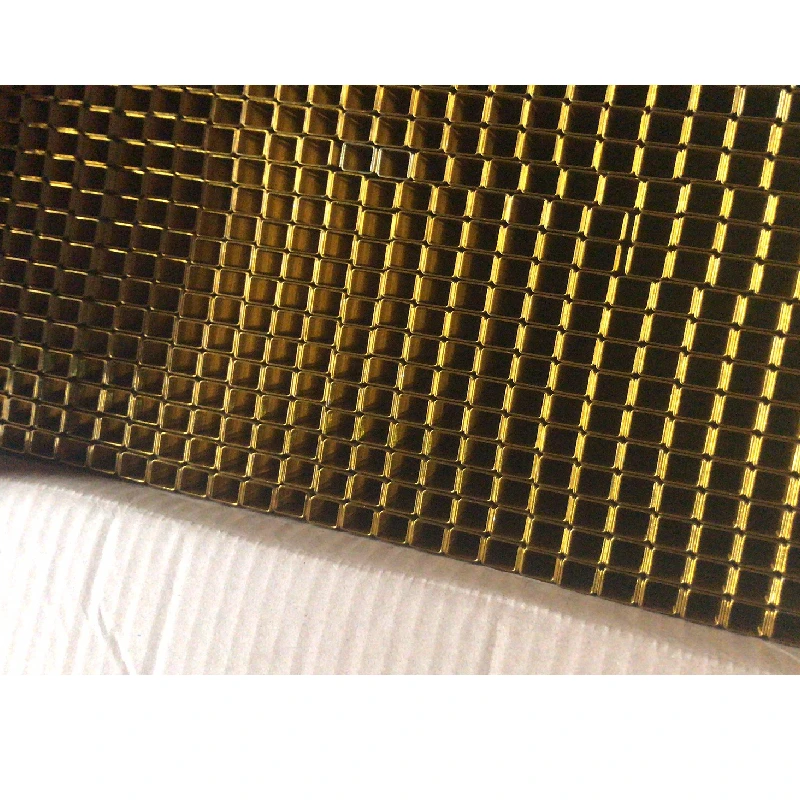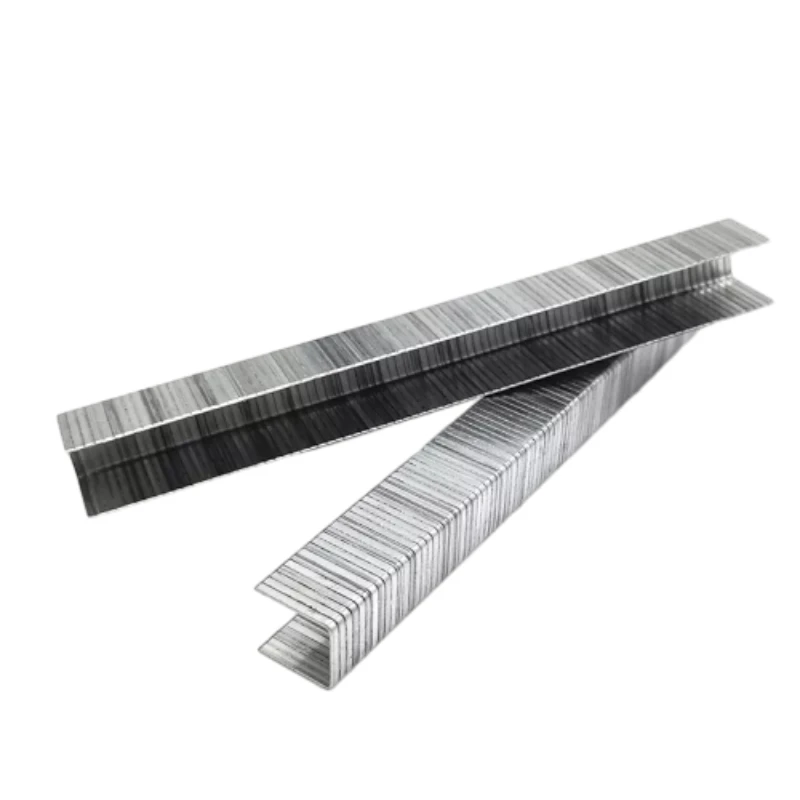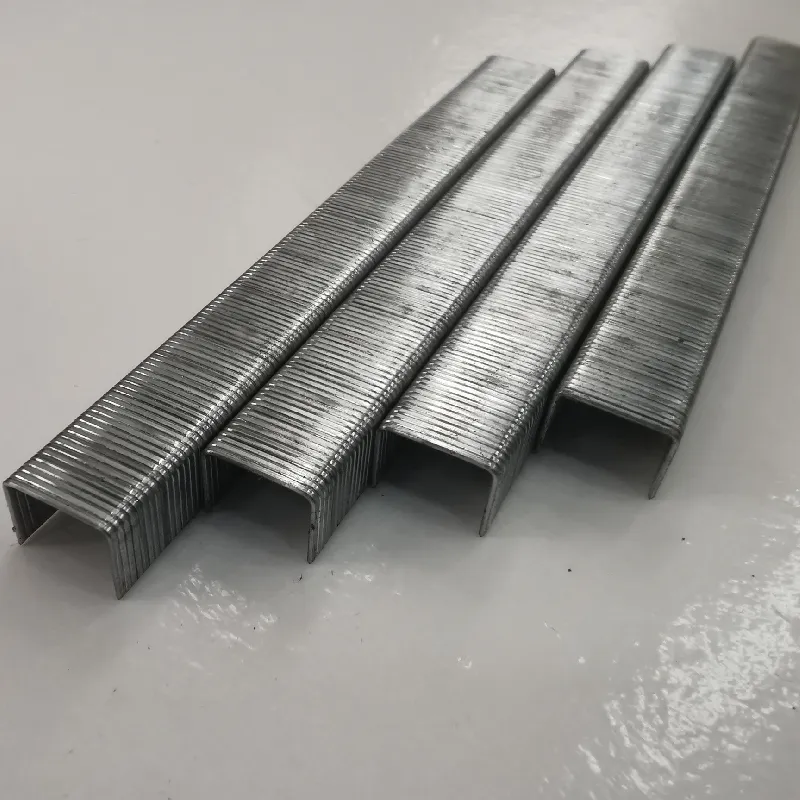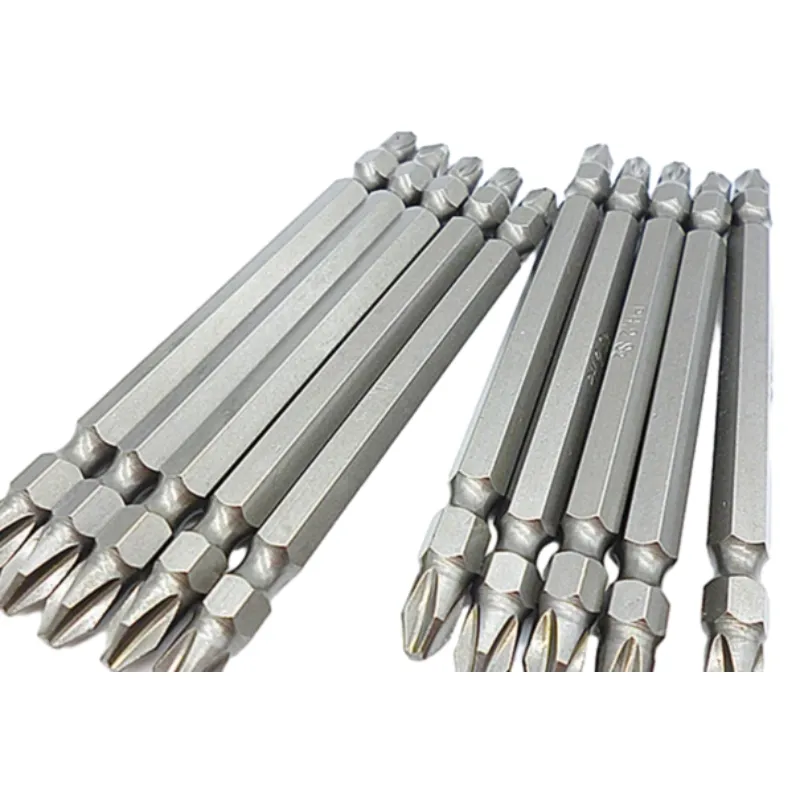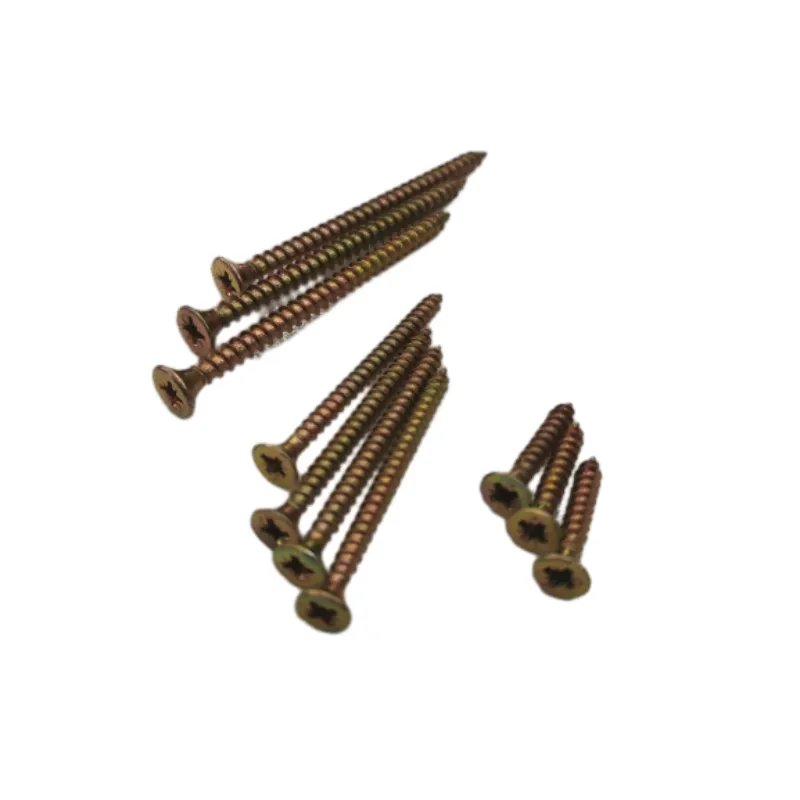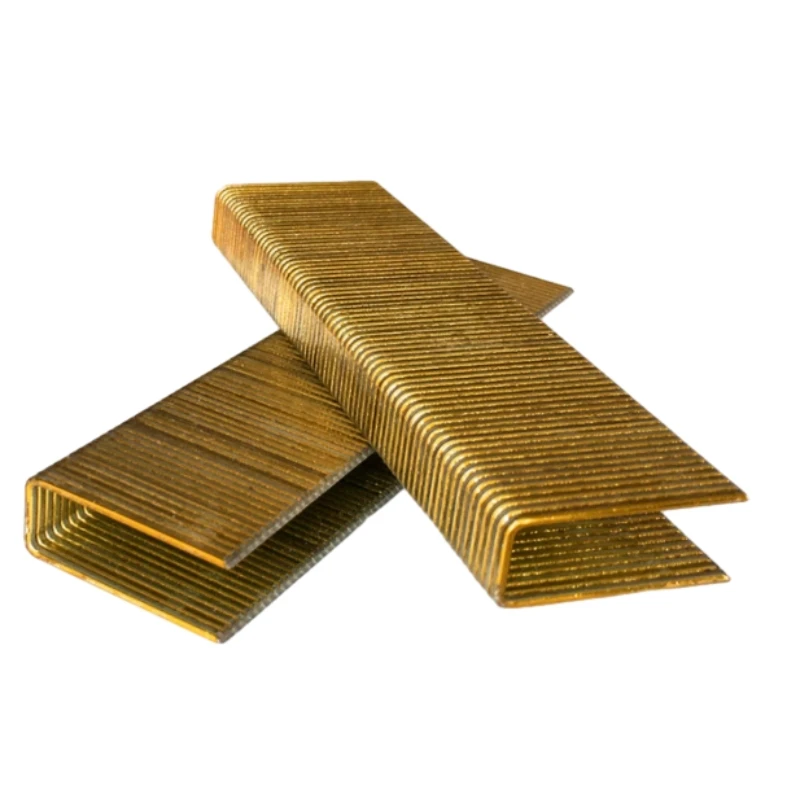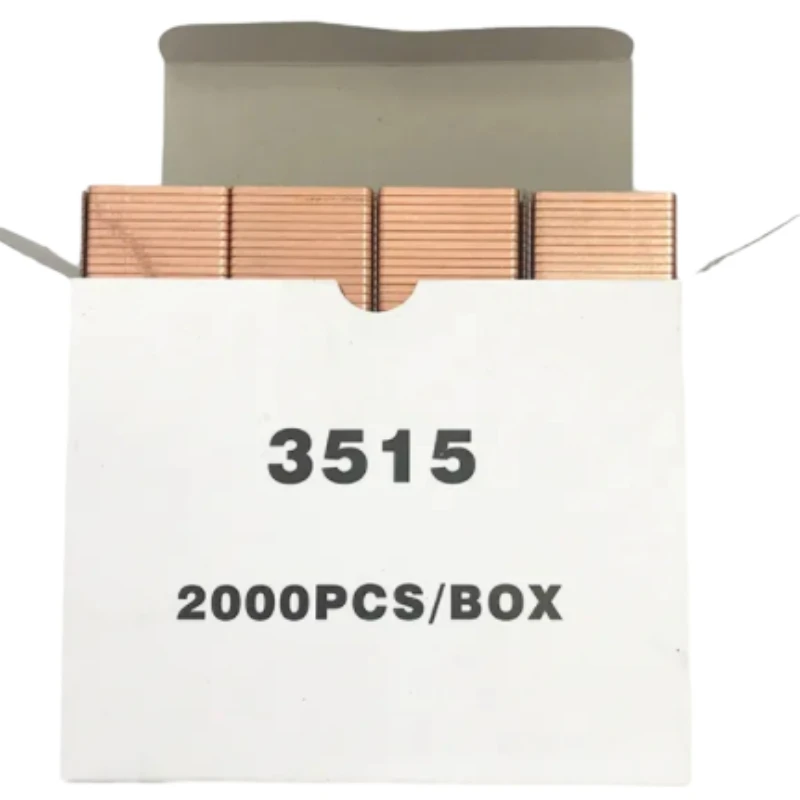Brad Nails
Brad nails are versatile fasteners commonly used in woodworking and finishing projects. They are thinner and smaller than traditional nails, making them ideal for delicate tasks where splitting the wood is a concern. Because of their small size, brad nails are often used for attaching trim, baseboards, crown molding, and other decorative woodwork where a subtle finish is desired. Unlike larger nails, brad nails leave smaller holes that are easier to fill and conceal, which helps maintain the aesthetic quality of the finished product.
Another common use for brad nails is in furniture assembly and cabinetry. Their size allows for precise fastening without damaging the materials. Many carpenters and DIY enthusiasts prefer brad nails because they can hold components together securely without requiring heavy-duty nails or screws. Additionally, stainless steel brad nails are popular in outdoor applications due to their corrosion resistance, providing durability and longevity in humid or wet environments.
Whether you need to attach delicate moldings or build lightweight wooden frames, understanding the appropriate uses of brad nails ensures your project is both strong and visually appealing. They are also often preferred for temporary fastening during gluing or for projects that require minimal nail visibility.
-

-
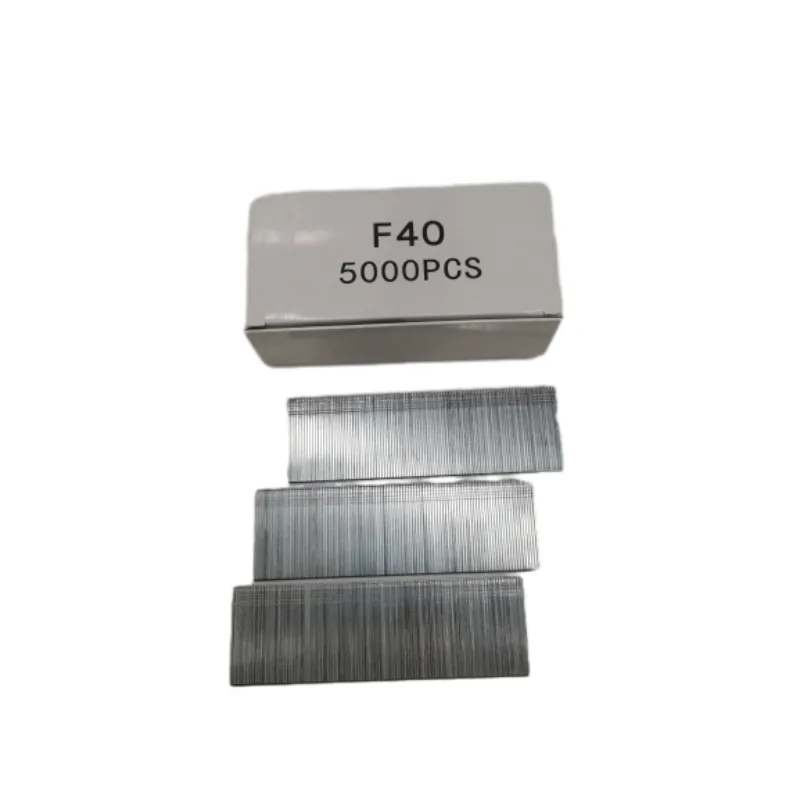
Ekseri vrhunskog kvaliteta kalibra 18 za industrijsku i kućnu upotrebu
-
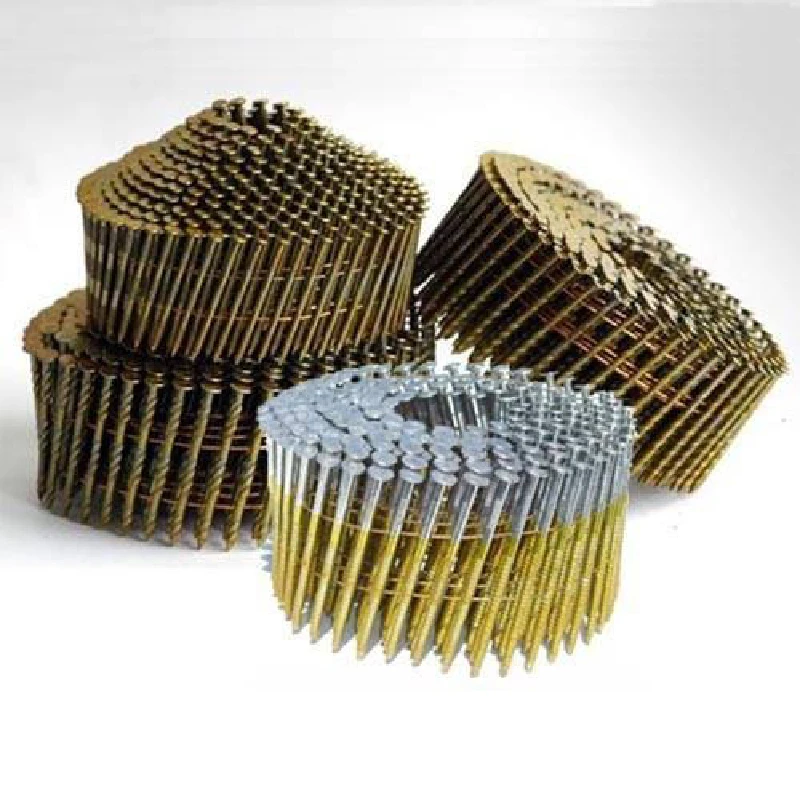
-
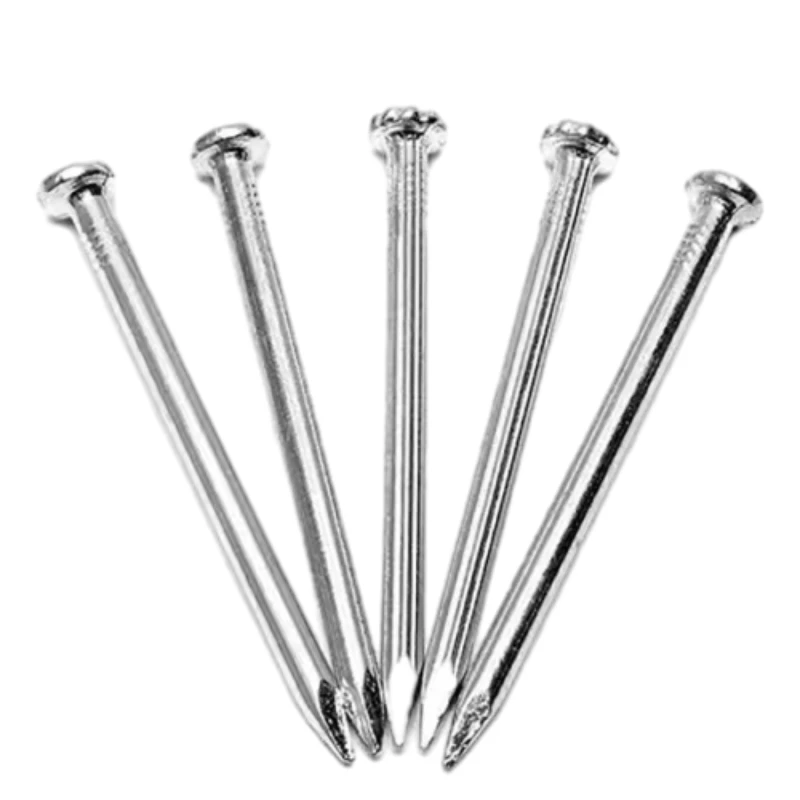
-
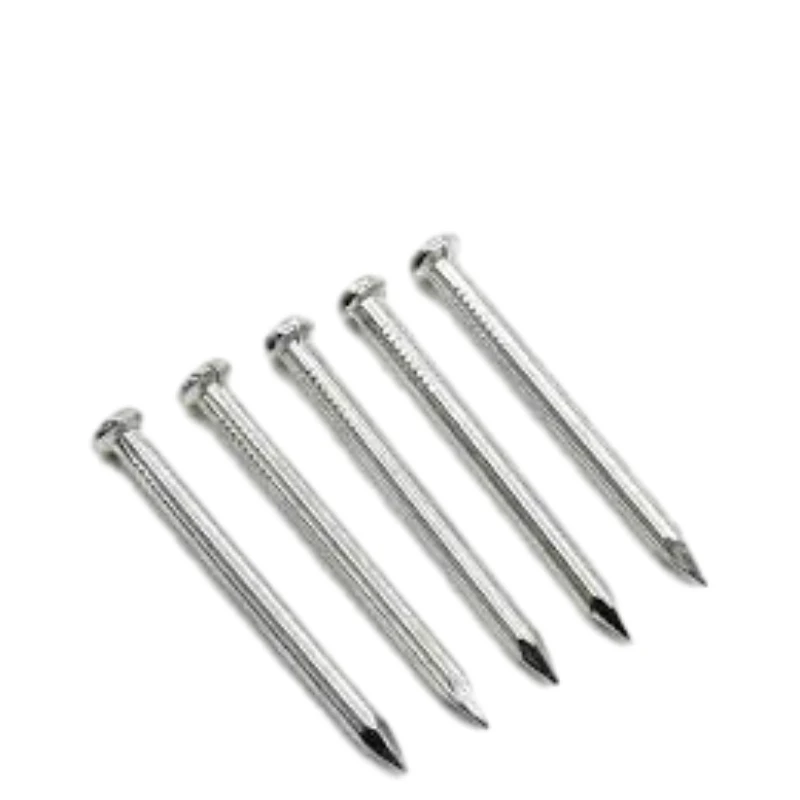
Vrhunski industrijski betonski ekseri sa premazom otpornim na hrđu
What Size Brad Nails Are Best For Baseboards?
When installing baseboards, selecting the right size of brad nails is crucial for a secure and clean finish. Typically, brad nails ranging from 1 inch to 2 inches in length are used for baseboard installation. The exact size depends on the thickness of the baseboard and the material of the wall behind it.
For most standard baseboards, 1.5-inch brad nails are a popular choice as they provide sufficient penetration into the drywall or wooden studs without causing damage. Using shorter brad nails might not hold the baseboard firmly, while nails that are too long could penetrate too deeply and cause splitting or damage. For thicker baseboards or when attaching to studs, 2-inch brad nails offer additional holding power.
Choosing stainless steel brad nails can be beneficial if the baseboards are installed in areas with higher moisture levels, such as bathrooms or basements, to prevent rusting and maintain a clean look. When working with delicate or thin trim, smaller diameter brad nails reduce the risk of splitting the wood, allowing for a smooth and professional finish.
Using the right size brad nails helps ensure your baseboards are securely fastened and the installation looks flawless without unnecessary damage or large nail holes.
Brad Nail Vs Framing Nail: What Are The Differences?
Understanding the difference between a brad nail and a framing nail is essential for choosing the right fastener for your project. Brad nails are thin, small-gauge nails typically measuring 18-gauge, designed for precision and minimal surface damage. They are commonly used in finish carpentry, such as attaching trim, moldings, and cabinetry where a subtle appearance is important.
In contrast, framing nails are much larger and thicker, usually ranging from 8 to 16 gauge, and are used for heavy construction tasks like building walls, framing houses, or securing structural wood components. Framing nails provide greater holding strength but leave larger holes that require more repair work if exposed.
Because brad nails are thinner, they are less likely to split delicate wood and leave smaller holes, making them ideal for decorative and light-duty tasks. Stainless steel brad nails add corrosion resistance for outdoor or humid environments, which is not typical for framing nails.
While framing nails are necessary for structural integrity, brad nails are perfect when aesthetics and gentle fastening are priorities. Selecting between the two depends on the material, load requirements, and the desired finish.
Different Types Of Brad Nails: What Are Your Options?
There are several types of brad nails available on the market, each suited for different applications. The most common are standard steel brad nails, which are coated to resist rust and corrosion. For projects exposed to moisture or outdoor conditions, stainless steel brad nails are preferred because they offer superior resistance to rust and staining.
Another variation includes coated brad nails with finishes such as galvanized or vinyl coatings, which improve holding power by increasing friction and offer some protection against corrosion. Some brad nails are specifically designed with chisel or diamond points to penetrate hardwoods more easily without splitting.
Additionally, there are specialty brad nails compatible with pneumatic nailers or manual hammering. When selecting a brad nail, consider factors such as nail length, gauge, and coating, to match your project requirements.
Choosing the right brad nail type ensures optimal performance, durability, and a clean finish whether you’re working on fine cabinetry, decorative trim, or lightweight wood assemblies.














































































































